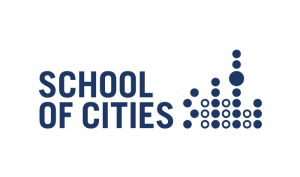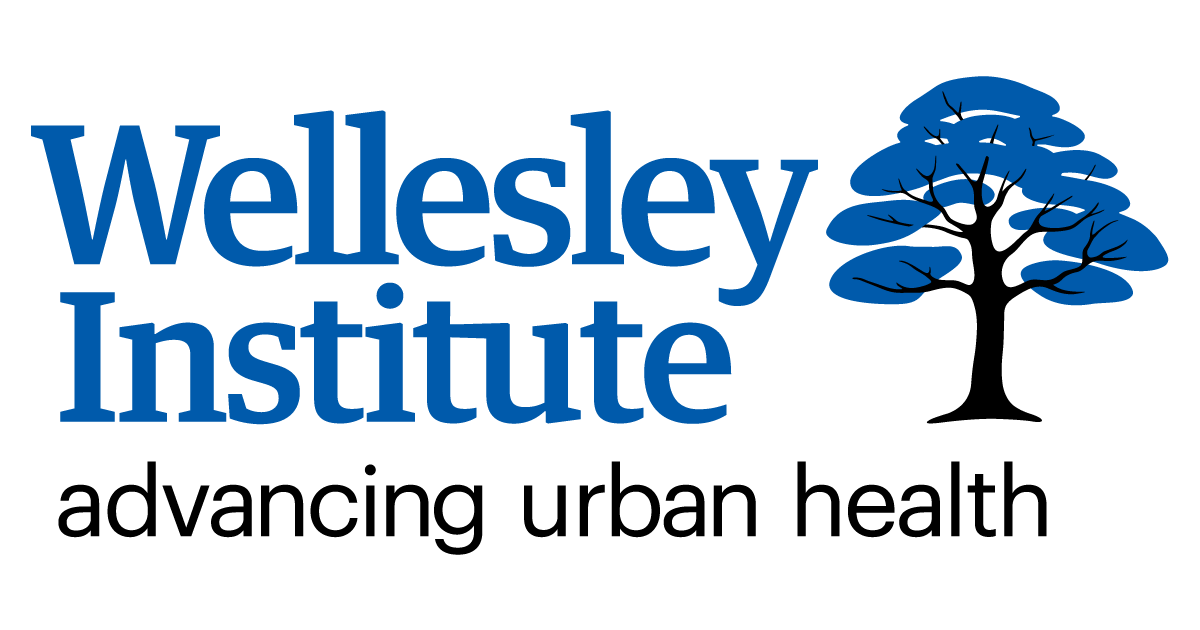Menu
Compilation of Checklists for Organisations
Survey Design
Sample
Team Recruitment
Team Training
Resources
Protocols
Interactions
Safety
Survey Design
- Organise a community advisory and a technical advisory group to guide the survey design, implementation, analysis, and reporting process.
- Invite members from the study neighbourhoods to be members of the research team
- Ensure that at least one person on the research team should have expertise in survey design, recruitment, and analysis. The number of community members will depend on the number of study neighbourhoods.
- Involve community members in the following stages of the survey research process: research question development, survey design and refinement, development of recruitment strategies, and analysis and interpretation of survey results.
- Inquire the technical advisory board about strategies to maximise response rate, and the most appropriate neighbourhoods to survey based on the demographic characteristics of the sample.
Sample
- Organise a community advisory and a technical advisory group to guide the survey design, implementation, analysis, and reporting process.
- Decide on the most appropriate sample to survey. Are you looking for a specific ethnic group, socioeconomic status, or education level? Is your sample located in a specific area of your city?
- Once you have defined the relevant characteristics, review your city’s Neighbourhood Profiles data set to find the neighbourhoods that best fit your needs.
- Retrieve all addresses from the neighbourhoods that you selected using the Statistics Canada conversion file. Keep in mind that you may need to modify addresses into a consistent format.
- Upload your list of addresses into a MyMaps feature to allow for easily finding each address. If you only want to visit residences (i.e., homes and apartment units), then you will have to manually remove non-residential locations.
- Use MyMaps to create handouts and resources for each area you intend to survey. While we provide examples of our handouts in the resources section, we encourage you to develop a handout that better suits your needs.
Team Recruitment
- Learn about the communities you intend to survey to ensure that there is representation in your surveying team.
- Consider hiring from nearby educational institutions such as the University of Toronto and Ryerson University (work-study students), or from communities themselves (community researchers).
- Partner with staff or departments at nearby educational institutions.
- Partner with local organisations such as community hubs or health clinics to recruit community researchers from communities.
Team Training
- Recognise that the training plan is an essential point to increase surveyor motivation and commitment towards the project. The training plan will help with response rate and overall ease of survey administration.
- Develop a training plan with the following components: introduction to the project, introduction to resources and protocols, panel session with experienced surveyors, and simulated practice sessions.
- Ensure that you assess the knowledge and skill development of surveyors during and at the end of each training session.
Resources
- Use a mixture of online and physical materials to make the surveying process more convenient in the field.
- Develop a survey administration protocol handbook that contains all possible instructions that surveyors may need to administer surveys.
- Use a real-time recording system like Google Sheets to ensure that data does not get lost in physical materials.
- Develop a routine protocol for scheduling and communicating shifts to the survey team.
- Develop robust security protocols to ensure the safety of confidential data and monetary incentives. Before beginning surveying, we recommend strategizing on how to limit access to confidential data by dividing the dataset into multiple pieces and switching access privileges regularly.
- Ensure that monetary incentives are not visible to residents.
- Provide letters and flyers to residents if they are not available when you visit them or if they prefer doing the survey online. Letters and flyers that are clear and connected to the survey purpose will ensure a high response rate even after the surveying team has left the neighbourhood.
- Consider delivering letters and flyers to residents in-person rather than using the postal service.
Protocols
- Have surveyors work in pairs, survey after 5:00 pm on weekdays until sunset and after 2:00 pm on weekends until sunset to optimise survey responses.
- Provide monetary incentives to resident and process them in-person or online.
- Develop a field handbook that includes all information and procedures surveyors may need to respond to different circumstances.
- Develop protocols to match the needs of the project. We developed two protocols: field surveying (door-to-door surveying in neighbourhoods) and high traffic protocol (meet-and-complete surveying at high traffic locations).
- Host weekly or biweekly “replenish” meetings that provide surveyors with the materials they need to survey. These meetings will also provide surveyors with an opportunity to voice any challenges.
- Incorporate a way for surveyors to document their reflections and experiences in the field. These reflections will help in improving the surveying process.
Interactions
- Brainstorm the various considerations surveyors need to make during planning to enter neighbourhood, when in the neighbourhood, approaching a residence, first point of contact with a resident, the interaction with resident, and the resident’s response to completing the survey.
- Use AIDET (acknowledge, introduce, duration, explanation, and thank you) as a framework for interacting with residents.
- Consider questions on the survey that might cause confusion and develop strategies on how to address the confusion in the field.
- Review the survey to develop a list of FAQs that surveyors might encounter from residents before and during the survey.
- Leverage the initial training session to develop an understanding of the various situations that surveyors might encounter in the field, as well as the considerations they need to make.
- Acknowledge that the training may not equip surveyors with everything they need; they will encounter new situations. Curate new experiences and use them as learning opportunities for the surveying team.
Safety
- Acknowledge that surveyor safety is the most important concern when conducting surveys in communities.
- Develop a safety protocol that protects the physical safety as well as privacy and confidentiality of surveyors: determine neighbourhoods in your sample with history of violence and communicating this to surveyors, stagger visits to neighbourhoods, send surveyors in pairs, communicate all safety concerns openly with surveyors, conclude surveying before sunset, and reduce the cash that surveyors hold.




